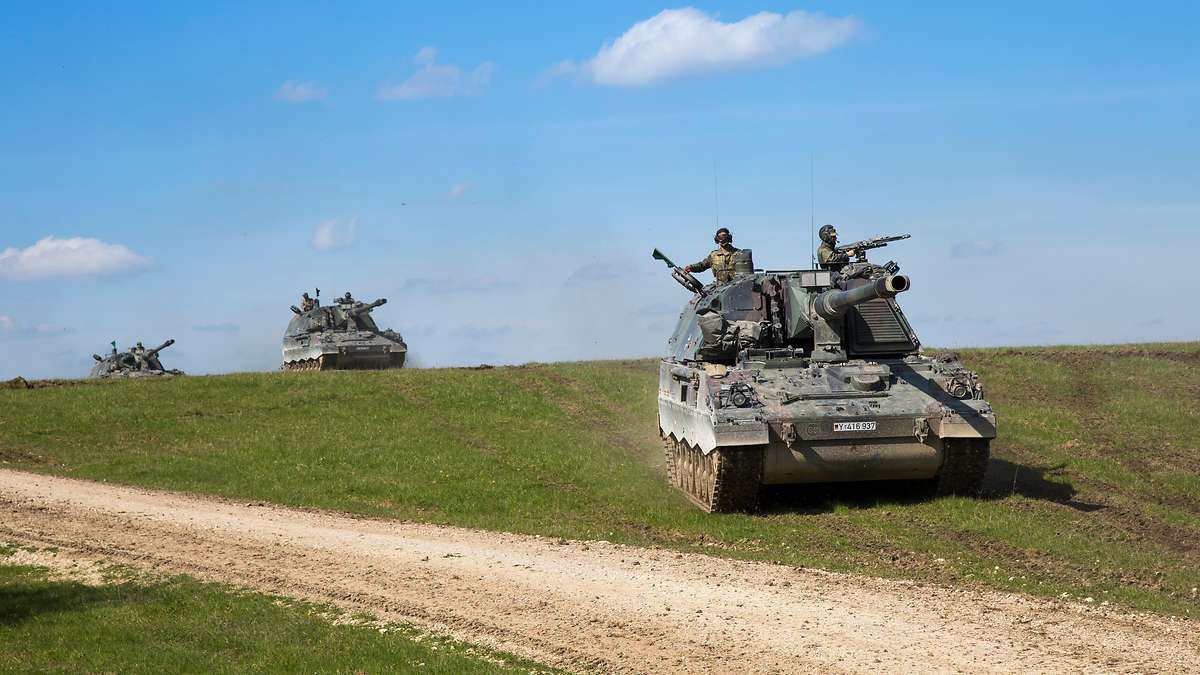On June 21, the German Defense Ministry officially released a listing of aid provided by Germany to Ukraine. The aid already provided mainly concerns infantry but also seven PzH 2000 self-propelled howitzers. Future deliveries will support the ramp-up of systems already offered to the Ukrainians in several areas: multiple rocket launcher MARS, anti-aircraft armored vehicle Gepard, counter-battery radar COBRA, IRIS-T SLM system, etc.
Deliveries already made (or nearly so)
Infantry equipment
- 16,000,000 rounds of ammunition for handguns
- 100,000 hand grenades
- 100 MG3 (7.62 mm) machine guns with 500 spare barrels and breeches
- 900 Panzerfaust 3 anti-tank rocket launchers and 3,000 anti-tank rockets. Several types of rockets exist, but no information was given on the rockets offered to Ukraine. It seems that the Ukrainians have different types of rockets: the standard rocket (PzF 3) with a range of 300 to 400 meters and penetrates 700 mm armor (with a 90° angle). There is also a rocket with a tandem charge (PzF 3-T/IT) that can pierce reactive armour and then pierce the vehicle's armour. In total, this munition is capable of penetrating 900 mm of armor.
- 50 Bunkerfäuste rockets fired from a Panzerfaust 3. They give the infantry a capability to destroy positions lightly protected with sandbags or concrete.
- 500 MANPADS Stinger
- 2,700 MANPADS Strela
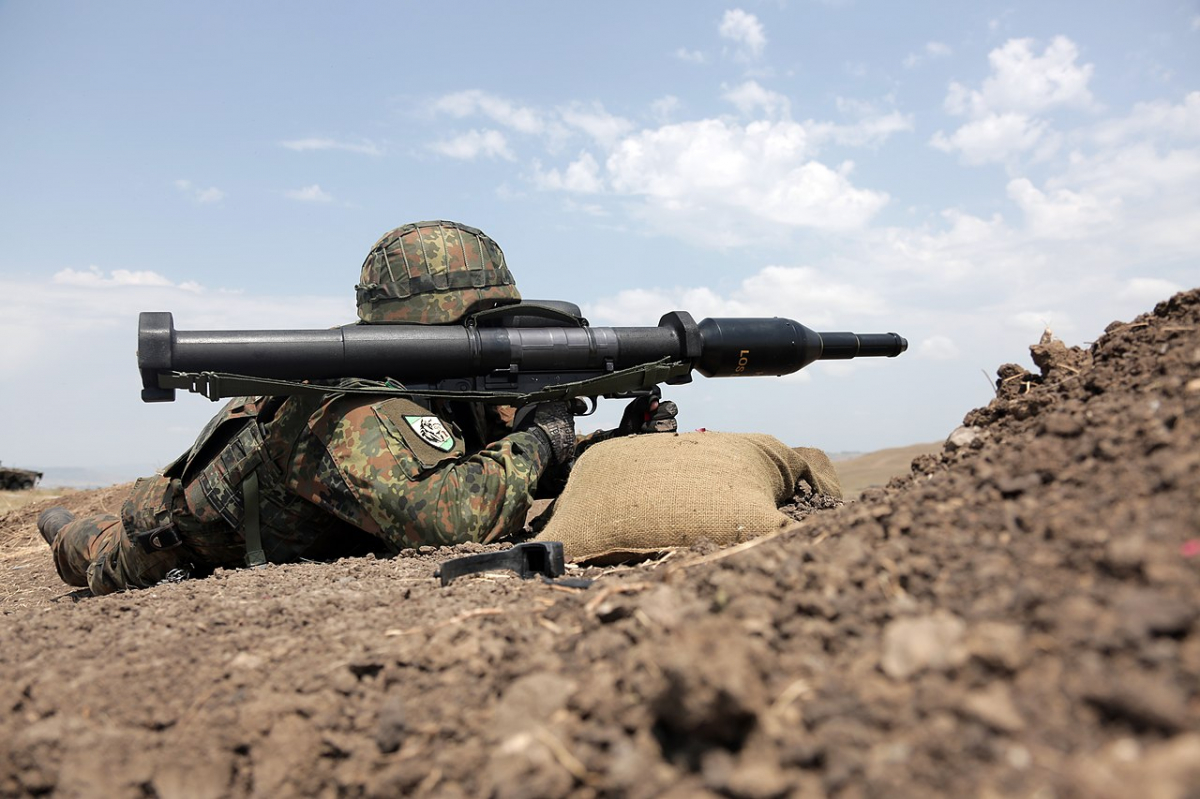

- 5,300 explosive charges
- 100,000 meters of detonating cord and 100.000 detonators
- 350,000 detonators (other than for detonating cords)
- 23,000 combat helmets
- 125 double telescopes (type not specified), 165 binoculars, and 353 night vision binoculars
- 38 laser rangefinders (to make a long story short: to give the right distance from the target to the various means of support)
- 14.900 anti-tank mines
Vehicles
- 178 miscellaneous vehicles (trucks, minibuses, and SUVs)
- 7 PzH 2000 (155 mm) self-propelled gun, their adaptation for Ukrainians, gunner training and spare parts (joint project with the Netherlands)
- 30 armored vehicles (type not specified)
- Spare parts for MiG-29 fighter aircraft
- Fuels (diesel and gasoline)
- 10 tons of AdBlue
Medical equipment
- 1.200 hospital beds
- 18 pallets of medical supplies
- 500 pack of dressings to stop bleeding
- 60 lighting systems for operating theaters
- Protective clothing and surgical masks
- Field medical supplies (backpacks, first aid kits,...)
- Delivery of a Role 2 field hospital (in cooperation with Estonia). According to NATO standards, when a soldier is seriously wounded in combat, he is evacuated using a MEDEVAC (unarmed medical vehicle and protected by the Geneva Convention of 1864) or CASEVAC (literally any non-medicalized vehicle, faster but not protected by the Geneva Convention). The seriously injured person is taken care of by a forward medical unit (Role 1) present on the ground, in order to stabilize him. He is then transported to a field hospital (Role 2), located not far from the theater of operations, via a MEDEVAC. This is a mini-hospital fully equipped for surgical operations. If a larger operation is required, he can be sent to a Role 3 hospital (hospital ship, "hard" hospital). He is then evacuated to his country by a specially equipped strategic transport aircraft (for the Air Force and Space Force, the Morpheus kit) and a Role 4 hospital takes care of the patient's follow-up (re-operation, post-op follow-up, psychological follow-up,...).


Telecommunication
- 1 radio frequency system
- 3,000 field telephones with 5,000 spools of field telephone cable and their transport equipment
Other
- 100 tents
- 10.000 sleeping bags
- 12 generators
- 6 pallets of explosive ordnance disposal equipment
- 15 pallets of clothing
- 600 shooting glasses (to protect the shooter's eyes)
- 500 combat rations
- 2.025 pallets of food rations, or 68 semi-trailers or 360,000 single-pack rations (EPa)
Current deliveries
- 10,000 artillery shells (based on deliveries, most likely 155mm shells)
- 53.000 rounds of anti-aircraft ammunition (weapon not specified)
- 5,800,000 rounds of handgun ammunition
- 5,000 combat helmets
Future deliveries
Some systems need to be checked, upgraded, or simply built before delivery. There is also a delay to consider for training the Ukrainian military on these systems. Also, this part is much less precise, the German Ministry of Defense will give more information when these materials are delivered.
Radars, jammers
- 8 mobile ground radars and thermal imaging devices
- 7 jammers
- 8 anti-drone devices, 14 anti-drone sensors/ jammers and 10 anti-drone guns
- An unknown number of COBRA counter battery radar. The COunter Battery RAdar (COBRA) is a system developed by Thales, Airbus and Lockheed Martin for the German, French and British armed forces. It is a 3D active antenna radar capable of detecting enemy battery fire, adjusting for friendly battery fire and communicating with deployed forces. It is a heavy system, carried on a truck but extremely accurate. As this system is currently in service, its range is not available to the general public, but it would seem that its range easily exceeds the majority of Russian artillery systems (some sources announce a range of over 100 km). The CAESAr, PzH and other self-propelled howitzers provided have already demonstrated their usefulness in counter-battery fire but with the help of this radar, their effectiveness will be much more increased.
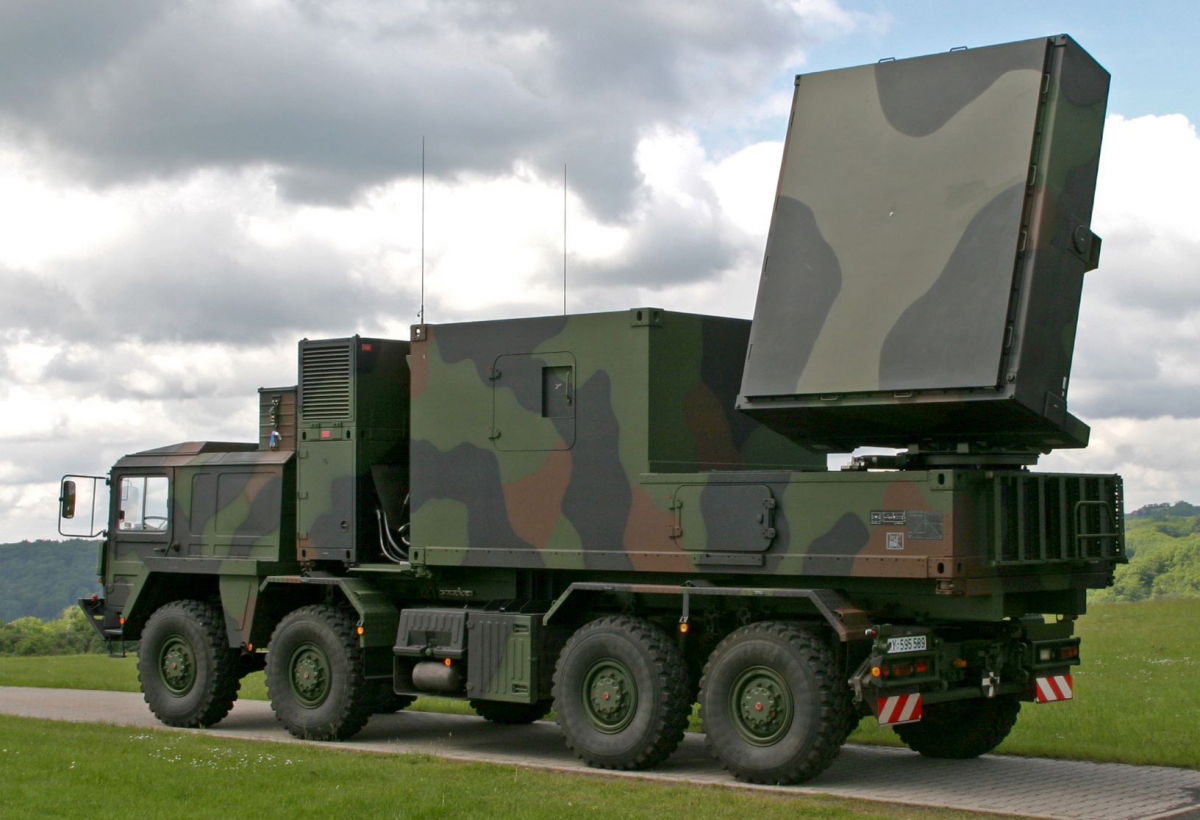

Vehicles
- 8 + 32 reconnaissance UAVs
- 10 protected vehicles
- 4 remote-controlled and protected mine clearing vehicles
- Upgrade of 54 Danish M113 armored tracked personnel carriers and their armament.
- 30 Flakpanzer Gepard anti-aircraft tracked vehicles and 6,000 35 mm shells. This is a Leopard 1 chassis equipped with the dual Oerlikon GDF system (two 35 mm guns) and a Super Fledermaus radar with a range of 15 km. The guns have a range of 5.5 km, but the Germans used these vehicles in combination with MANPADS, allowing close anti-aircraft coverage of the entire area.
- 80 Toyota pickups. They are certainly not armored, but their all-terrain capability is no longer in question. They can improve frontline logistics, speed up the movement of infantry equipped with missiles or anti-tank rocket launchers, or even serve as ground-to-air support, by mounting a Mistral system on the vehicle's rear deck.
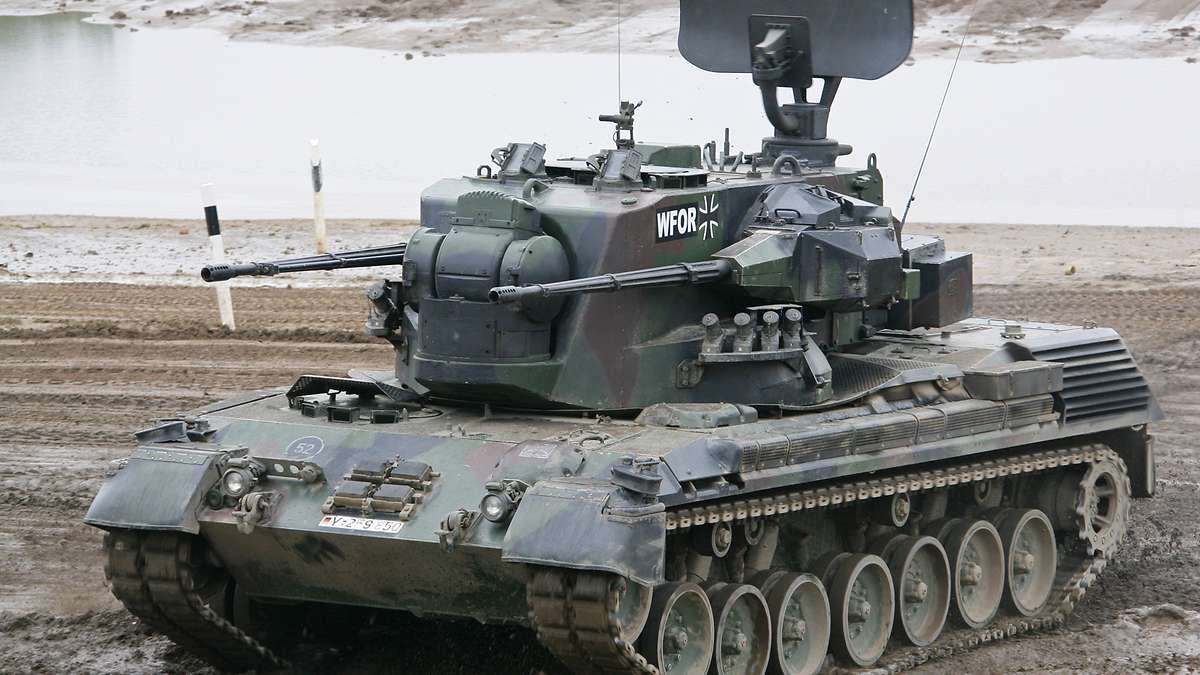

- An unknown number of IRIS-T SLM medium-range anti-aircraft system. This is the medium-range version of this newest anti-aircraft system. A battery includes a mobile radar, a mobile command post and between 3 and 4 launchers equipped with 16 InfraRed Imaging System Tail/Thrust Vector-Controlled Surface Launched Medium range missiles (IRIS-T SLM). This is a very recent system, since one of the companies responsible for producing this system announced in January 2022 that the system was operational. With their next delivery, the Ukrainians will have a state-of-the-art medium-range ground-to-air system.
- 22 trucks
- 3 M270 MARS multiple rocket launchers.
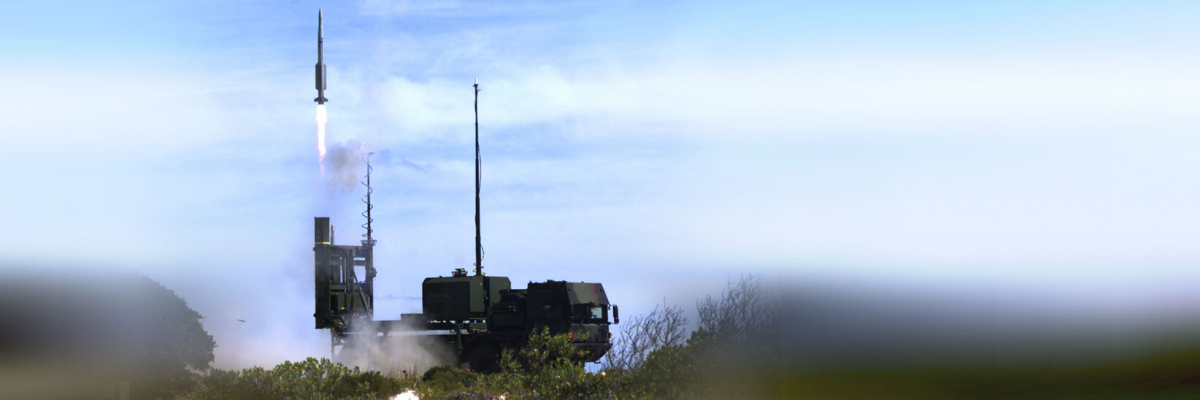

Medical equipment/NRBC
- 65 refrigerators for medical supplies
- 1 vehicle decontamination point
- 100 auto-injectors (unspecified medicine)
- 100,000 first-aid kits
In fact, Germany has not been idle since February 24. The deliveries already made mainly concern infantry equipment, miscellaneous equipment and some vehicles. On the other hand, the next deliveries concern recent equipment (COBRA radar, IRIS-T SLM, etc.) or modern equipment, such as the Gepard, unlike the Ukrainian systems, most of which date from the Soviet era. On the artillery side, which has become the main weapon in the Donbass, the Ukrainians will soon and very strongly increase their power: the ex-German PzH 2000 and M270 will support the various self-propelled guns, HIMARS multiple rocket launchers or M270 already promised, purchased or delivered to Ukraine (detailed article). In addition, the delivery of the COBRA radar will allow gunners to very greatly improve their accuracy without the need for a drone.
The listing (in German and without any details) is available in the German Ministry of Defense's June 21, 2022 press release (here).
Découvrez cet article sur Air&Cosmos

